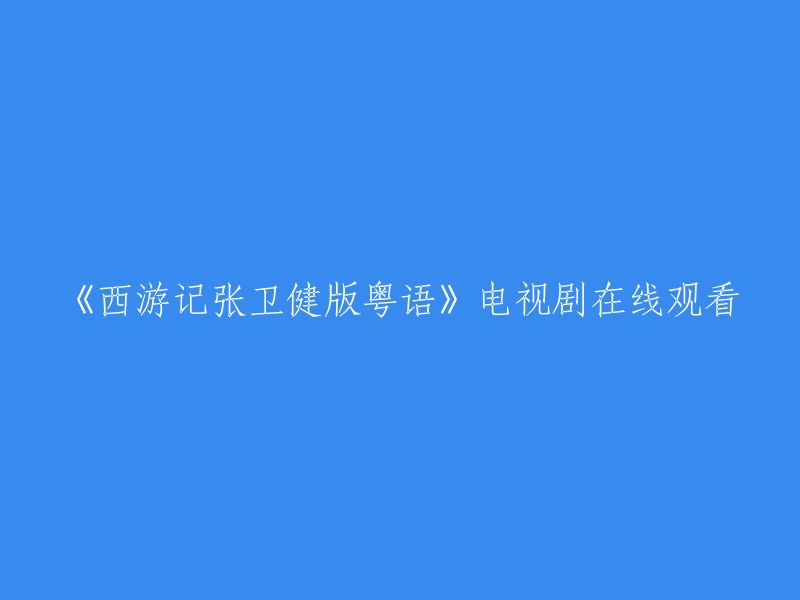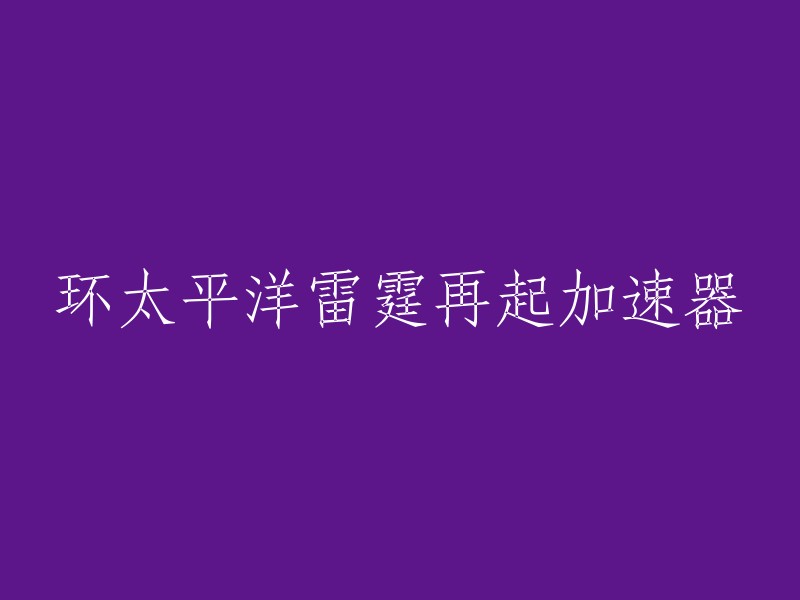Definition:
Demand is an economic term that refers to the amount of products or services that consumers wish to purchase at a specific price level. Simply wanting a product does not constitute demand, but rather, it includes the purchasing power of the consumer to acquire a given product at a particular time. In other words, it's the quantity of products or services that consumers are willing and able to purchase.
What Does Demand Mean?
The factors that influence demand for a specific product or service include:
- The price of the good or service
- The income level of consumers
- The prices of complementary products
- The prices of substitute products
- Consumer preferences
- Consumption patterns
Demand is also related to the quantity supplied, which should ideally meet the expected demand to achieve equilibrium between supply and demand
This essay will explore consumer purchasing behavior and its relationship to consumer income, product prices, utility maximization, and economic demand. Consumers are motivated to seek utility maximization by using a given product or service to derive the greatest satisfaction within a specific price range. The demand for a particular product or service is determined by consumers' purchasing behavior, which is influenced by their preferences, intentions, and decision-making processes.
One key factor that influences consumer purchasing behavior is consumer income. Different income levels lead to varying quantities demanded of the same product or service, reflecting the purchasing power of consumers and the perceived utility they can derive from the product. It's worth noting that simply because a consumer desires a product, it doesn't necessarily result in an increase in economic demand. For instance, if more low-income individuals want to purchase a Lamborghini, it does not directly contribute to an increase in demand for the luxury car due to the financial limitations of these individuals.
Let's consider an example to further illustrate this concept: imagine two groups of consumers - group A and group B. Group A consists of high-income earners with a substantial disposable income who have the ability to purchase a Lamborghini. On the other hand, group B comprises middle-class consumers who cannot afford such an expensive vehicle. Even though both groups desire a Lamborghini, their individual purchasing behaviors and financial constraints determine their level of demand for the product. While high-income earners may be able to purchase multiple Lamborghinis, it would not significantly impact overall demand for the luxury car in the market.
In summary, consumer purchasing behavior is closely linked to factors such as consumer income, product prices, utility maximization, and economic demand. Understanding these relationships can help businesses better cater to consumer preferences and needs, ultimately leading to increased sales and customer satisfaction.
Jeremy used to sell ice cream for $8 per pint, which resulted in him earning $520 per week from selling around 65 pints. However, over the last two weeks, consumer demand for his ice cream has decreased. In response, Jeremy decides to lower the price to $6.5 per pint. As a result of the lower price, there is a surge in demand for his ice cream, causing the quantity demanded to almost double.
Now, at the new price level of $6.5 per pint, Jeremy sells approximately 120 pints of ice cream per week, resulting in him earning $780. This demonstrates that by adjusting the price of their products to meet the changing demands of consumers, businesses can increase sales and profits.
Jeremy could lower the price further, to as low as $5.5 per pint, thereby increasing demand for ice cream even more. However, this price point would be at the point where demand and supply are in equilibrium on the demand curve. At this point, consumers are willing to trade off losses between the $8 and $5.5 prices. In other words, increasing the price per print would lower demand and profits, while lowering it further than $6.5 would not increase demand to the level of making up for the losses.
Demand is a term used in economics that refers to the total quantity of products and services that consumers are willing and able to purchase in a market. It is an important concept as it helps businesses make decisions about production and pricing, as well as government policy-makers when setting prices and regulating industries. By understanding how demand works, businesses can better forecast future sales, optimize inventory levels, and develop effective marketing strategies. Governments can also use demand data to create policies that support economic growth and development.






